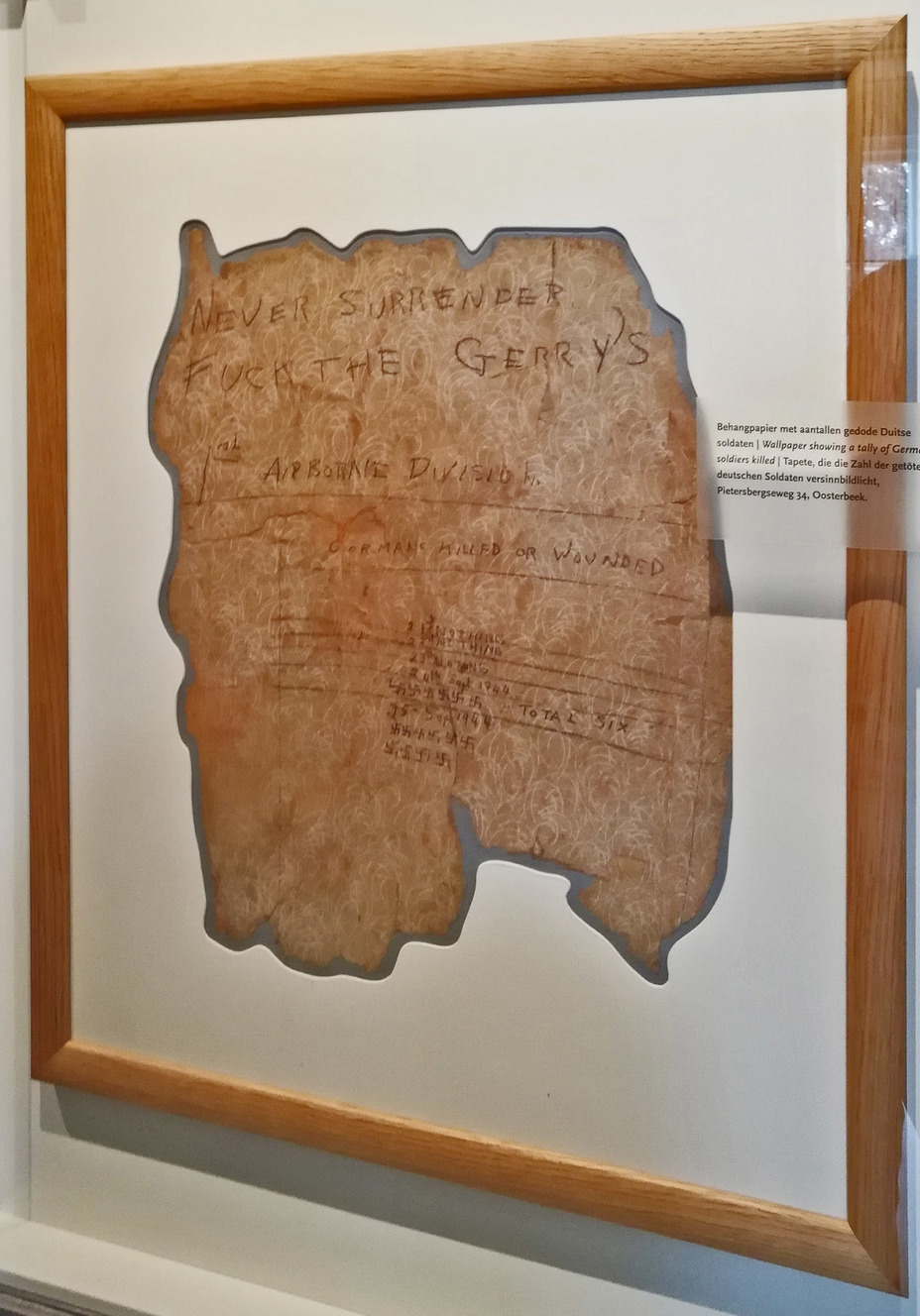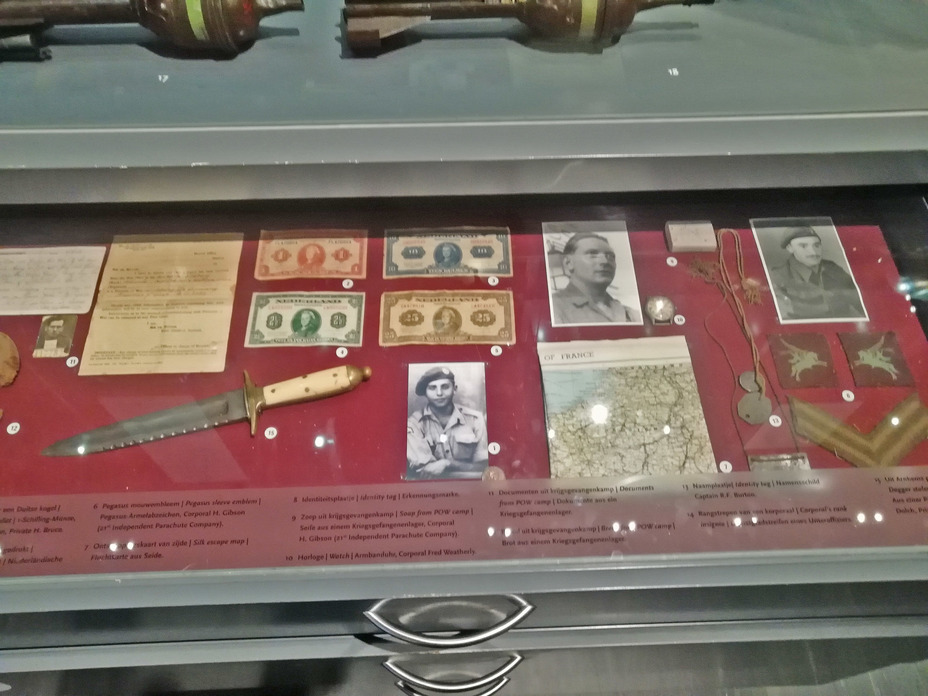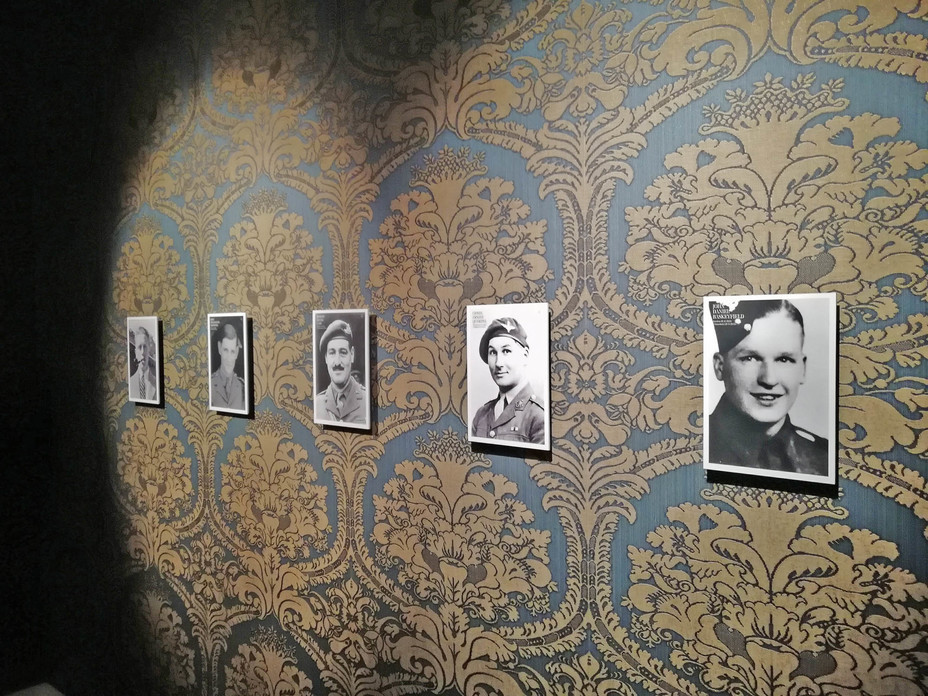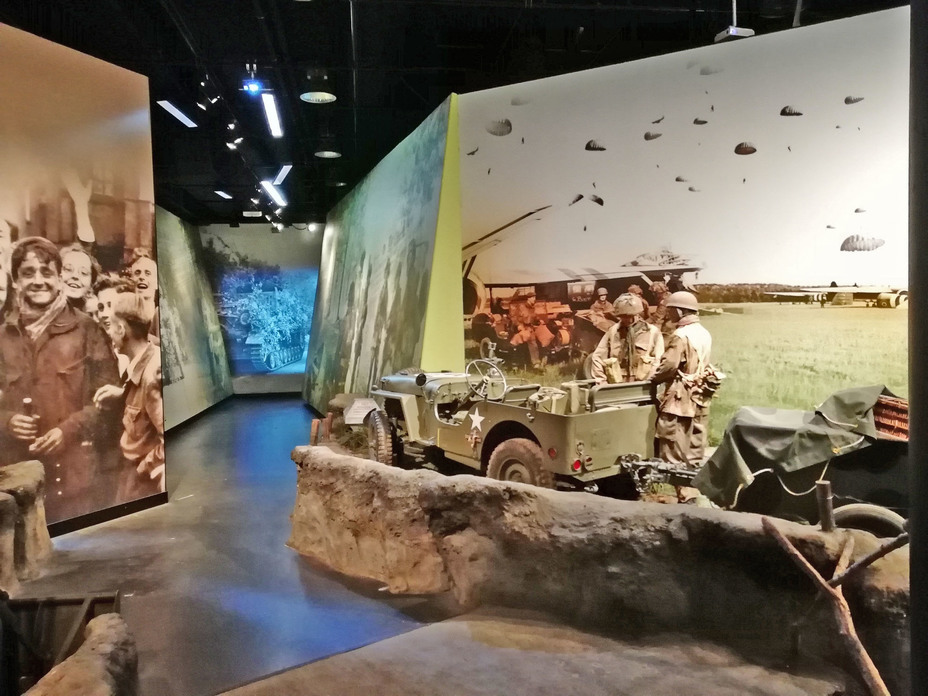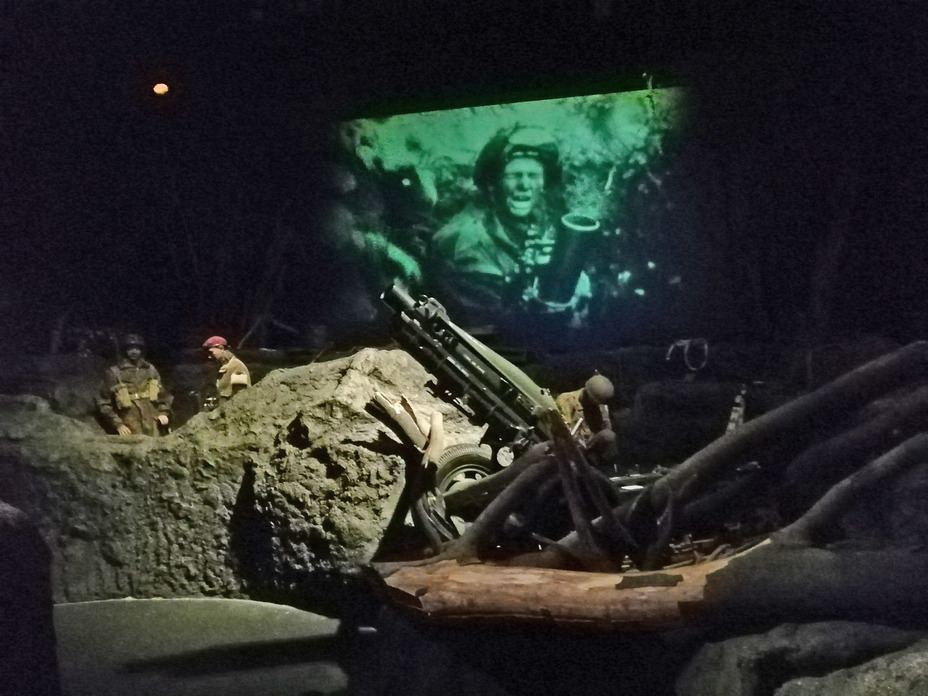Hearing the name of the Dutch city of Arnhem, fans of military history first of all remember “Market Garden” Operation in 1944 — one of the largest airborne assault in history. It is not surprising that one of the most popular military museums in Holland is dedicated to her.
In September 1944, British, American and Polish paratroopers made a risky attempt to seize the chain of bridges. This was to allow the Allied troops to cross the Rhine on the move, break through the territory of the Netherlands deep into Germany and end the war before Christmas. Alas, the Germans had a different opinion on this matter. Having concentrated significant forces in the Arnhem region, they were able to defeat the 1st British Airborne Division, without giving it the chance to capture the bridges in Arnhem, despite the help of the 1st Polish Parachute Brigade. All the successes of the American paratroopers (82nd and 101st Airborne Divisions) in capturing bridges south of Arnhem (in Nijmegen and Eindhoven) were in vain.
Be that as it may, the British were proud of the bravery of their paratroopers and to this day celebrate the anniversary of the battle. Already in 1949, a museum dedicated to the battle was created in Doorwerth Castle near Arnhem. There was not enough space for the exhibition, and in 1978 the museum moved to the Villa Hartenstein in the village of Oosterbeek, west of Arnhem. This house was built in 1865 and became a hotel in 1942.
Legend has it that on the first day of the battle on September 17, 1944, it was in this building that the British paratroopers almost caught Field Marshal Model himself, who was just about to have breakfast. It was Villa Hartenstein that became the headquarters of the commander of the 1st British Airborne Division, Major General Robert Urquart. From here he commanded the attempts to capture the bridges in Arnhem, and then — the defense of the bridgehead to the west of the city. Villa Hartenstein survived the battle, although it was badly damaged. It is interesting that the name of the villa unofficially passed to the museum and the surrounding area, although the museum is officially located in the village of Oosterbeek.
In 2008-2009, the museum underwent renovation and reopened for the 65th anniversary of the Battle of Arnhem. The renovation not only updated the exhibition to modern museum standards, but also added an interactive display called the Airborne Experience, a series of dioramas that allow the visitor to literally feel the battle of Arnhem from the inside. In addition, after the renovation, the museum has become fully accessible for people in wheelchairs, which is no small achievement given the
Despite the small size of the museum, its exposition tells in some detail about the battle, moreover, from both sides. True, there are so many exhibits in it, that some of them had to be placed in horizontal display cases sliding out in turn — otherwise there was simply not enough space to show them all. Weapons, uniforms, personal belongings, photographs and documents — there is everything you need to learn more about the Battle of Arnhem. Signatures to the exhibits are given not only in Dutch, but also in English and German, which greatly facilitates the perception of visitors from abroad. The organizers of the exposition tried to make the exposition interesting for children.
The Airborne Experience exhibition should be noted separately. Beginning with a briefing by the British commander on how easy it would be to capture the bridge off Arnhem, she guides the visitor through the landing glider and landing zone into a bloody night battle and evacuation from the bridgehead across the Rhine. Despite the small size of the premises and the inevitable conventions in the absence of “virtual realities”, the creators of the exhibition managed to show what the battle for Arnhem looked like for an ordinary paratrooper. Especially well they were able to convey the feeling of night combat and retreat across the Rhine. It is worth warning that this exposition is not for people with weak nerves. Despite the fact that its creators did not try to shock the visitors on purpose (no “guts and blood” shown there), it makes a very strong impression.
The museum also organizes temporary exhibitions. In 2018, this is an exhibition dedicated to the participation of the Dutch underground in the Arnhem operation and their rescue of a group of British paratroopers from the Germans.
Several artillery pieces and a Sherman tank stand outside the museum building.
In addition, in Arnhem itself, the museum has a small branch called “Airborne at the Bridge”. It is located two hundred meters from the bridge over the Rhine, the northern edge of which on September 17, 1944, was occupied by a detachment of British paratroopers under the command of Lieutenant Colonel John Frost. They fought against superior German forces until 21 September, preventing the enemy from transferring reinforcements south against the 82nd US Airborne Division, which was fighting at Nijmegen. Now the bridge bears the name of John Frost, and the exposition of the branch tells about this fight. The exhibition is based on the story of three officers — English, German and Dutch — who died in the Battle of Arnhem. Nearby is a small memorial with 25-pound gun, donated to the city by British paratroopers.
The museum is located west of Arnhem at Utrechtseweg 232, Oosterbeek. You can get to it by trolleybus #1, which runs from the city’s central railway station. Its Airborne at the Bridge is located in downtown Arnhem next to the John Frost Bridge at 150 Rijnkade, Arnhem.
The museum and branch were open seven days a week from 10:00 to 17:00, closed on December 25 and January 1. The cost of a regular ticket to the museum is 15 euros, youth and children are entitled to discounts. Due to the corona virus guidelines, the museum can only be visited with an e-ticket that has been pre-booked via the website for a specific date and start time. Access to the “Airborne at the Bridge” branch is free and not pre-booked. It’s open seven days a week from 10:00 to 17:00, closed on December 25 and January 1, also closed on Thursdays in December. Museum website: airbornemuseum.nl
It is worth noting an interesting tradition associated with the museum — the “Airborne March”. In September 1947, in memory of the Battle of Arnhem, the Dutch Police Sports Association organized a one-day hiking tour of the battlefield. The march proved to be so popular that it was made annual. The event continues to this day on the first Saturday in September, starting and ending with celebrations at the Hartenstein Airborne Museum in the presence of veterans of the Battle of Arnhem. Participation in the march is paid, all the money raised are spent on helping veterans of the Battle of Arnhem, their families, as well as on cultural and charitable purposes.




